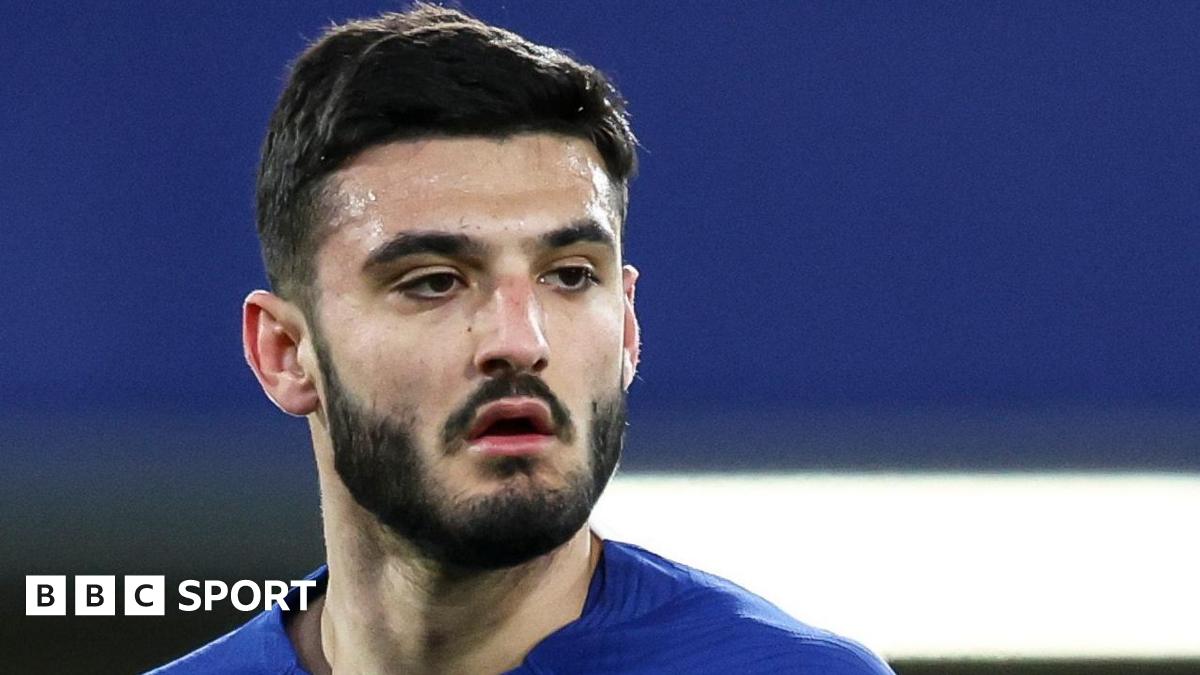
Burnley's acquisition of Armando Broja signals more than just bolstering their attacking options; it hints at a potential tactical evolution aimed at long-term Premier League stability. The fee, reportedly up to £20 million, represents a significant investment in a 23-year-old striker who, despite flashes of promise, hasn't quite cemented himself at Chelsea or during his various loan spells. But that's precisely where the opportunity lies for Burnley.
The key question is: why Broja? What does he offer that Burnley currently lacks, and how does his profile fit into Vincent Kompany’s (or Scott Parker’s, as the article states - a potential editorial oversight hinting at pre-existing plans) vision? Let’s dissect.
The Tactical Canvas: A Physical Presence Up Top
Consider Burnley's attacking makeup. Are they built to play intricate passing moves through a crowded defense? The data suggests a reliance on direct play, quick transitions, and utilizing width to stretch opponents. Broja, with his physicality and willingness to run in behind, offers a focal point that Burnley can build around. He's not a poacher in the traditional sense; he's a striker who can hold the ball up, bring others into play, and win aerial duels – crucial attributes for a team battling in the Premier League trenches.
But wait, there's more. The signing of Lesley Ugochukwu from Chelsea *in the same week* – another young, physically imposing player – suggests a deliberate strategy to inject power and athleticism into the squad's spine. Is Burnley looking to become a more robust, difficult-to-play-against outfit? The data certainly points in that direction.
Age Profile and Long-Term Vision: Building a Foundation
The average age of Burnley's squad has been a talking point. Investing in Broja (23) and Ugochukwu (age not stated, but clearly young) simultaneously addresses this concern. It signals a move away from short-term fixes and towards building a team capable of competing in the Premier League for years to come. These aren't players brought in for a quick survival push; they're assets with potential resale value and, more importantly, the capacity to grow and develop within the club's system.
This strategy aligns with a broader trend: Premier League clubs are increasingly prioritizing younger players with high ceilings. The risk is higher, certainly, but the potential reward – both on the pitch and financially – is significantly greater.
The Lampard Effect? (Or Lack Thereof)
Remember Broja’s loan spell at Southampton? He showed glimpses of his potential under Ralph Hasenhüttl, a manager known for his high-pressing, intense style of play. Could Scott Parker be looking to replicate that model at Burnley, utilizing Broja's work rate and physicality to lead the line? It’s a valid question, especially considering Parker’s…uh…departure. The instability in management adds another layer of uncertainty.
The acquisition of Broja, viewed through the lens of age profile and tactical implications, is a calculated risk. It’s an investment in potential, a signal of long-term ambition, and a potential shift in Burnley's on-field identity. Whether it pays off remains to be seen, but the intent is clear: Burnley are building for the future.